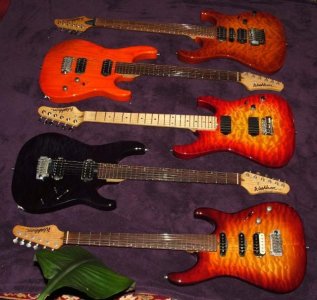Chistopher
malapterurus electricus tonewood instigator
I think we are forgetting that the biggest element of what makes music sound nice is that the sounds contained within are sounds that we are used to. We tend to like the sound of what we are familiar with. So even though cowboys chords may be mathematically out of tune, most of our ears won't hear it because that same out of tune quality is on so many records.

